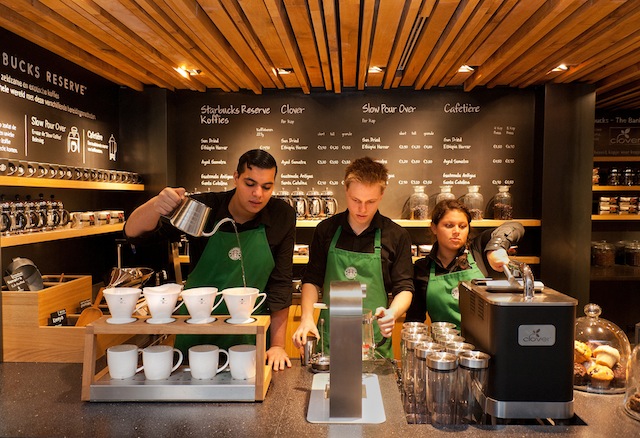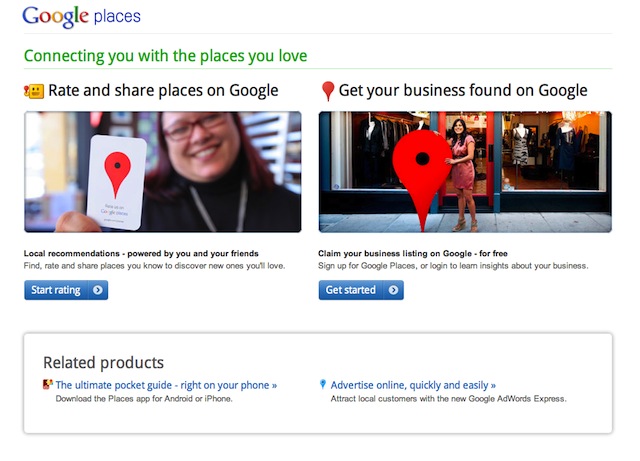Over the last week new social media service Ello has been in the news as the ‘anti-Facebook’ that doesn’t collect user details or push advertising onto feeds.
Certainly Ello has touched the zeitgeist with reports claiming the service is getting 30,000 new signups every hour. It’s clear social media users aren’t happy with the existing services.
Part of this discontent is due to social media’s growing pains as the platforms search for the business models to justify their massive valuations, with the consequence of users finding their streams being polluted with invasive and often irrelevant advertisements.
Social dilemmas
For Facebook in particular this is a problem as they have to balance the service’s relevance to users against the demands of ever desperate advertisers who want to post as many ads as possible into the feeds.
Adding to the discontent is suspicions on how the existing social media services intend to trade users’ information. While many internet mavens may claim ‘privacy is dead’, most people are concerned at how a history of their likes, friends or conversations could hurt future relationships or job prospects.
Which ties into Ello’s manifesto.
Your social network is owned by advertisers.
Every post you share, every friend you make, and every link you follow is tracked, recorded, and converted into data. Advertisers buy your data so they can show you more ads. You are the product that’s bought and sold.
We believe there is a better way. We believe in audacity. We believe in beauty, simplicity, and transparency. We believe that the people who make things and the people who use them should be in partnership.
We believe a social network can be a tool for empowerment. Not a tool to deceive, coerce, and manipulate — but a place to connect, create, and celebrate life.
You are not a product.
While Ello’s founders are right that Facebook, and to a lesser degree, Twitter are advertising platforms at present it may well be that social media’s days as a marketing tool are numbered as the business models mature.
The evolving social media model
Facebook’s announcement that it is going into the payments field is an indication that the businesses are maturing beyond the broadcast advertising model that worked so well for television and radio while Twitter’s struggles to shoehorn the old marketing tools into its business continue.
The most successful social media platform to date is LinkedIn which makes less than a quarter of its revenues from advertising — down from 30% two years ago — with the company building revenues in its corporate talent finding services, something that makes LinkedIn’s ambitions to be a global content publisher somewhat strange.
So it may well be that Ello aims to solve a problem that may not exist in the near future.
Ello could turn out to be the ‘Facebook killer’ however the odds are stacked against it, what is clear though is the social media marketplace is telling the industry’s leaders that consumers aren’t happy. It’s something the marketers staking their future on social media need to keep in mind.




